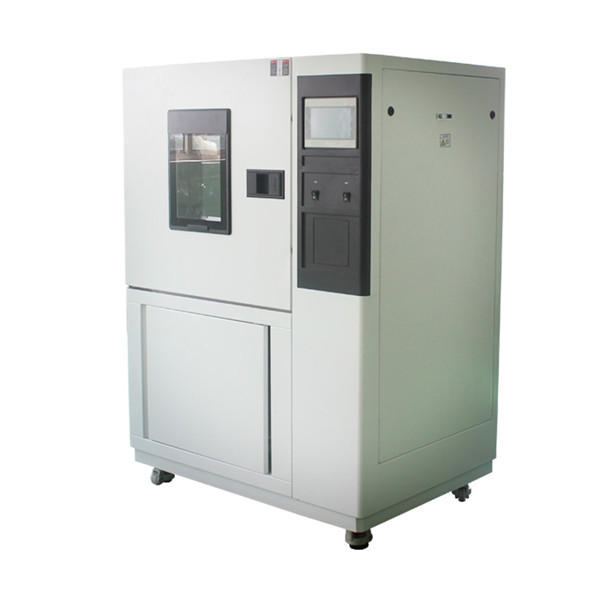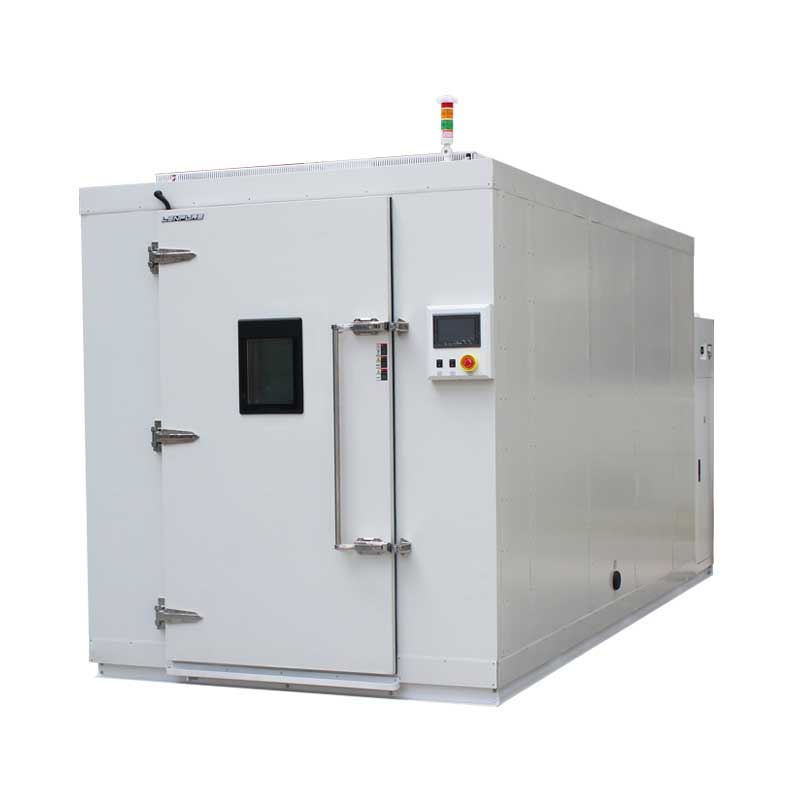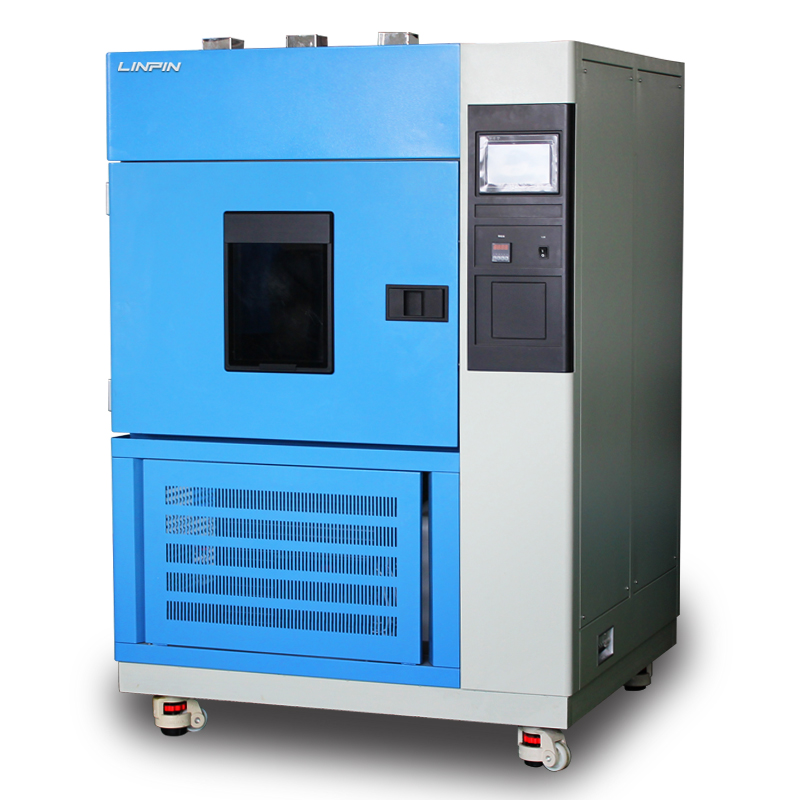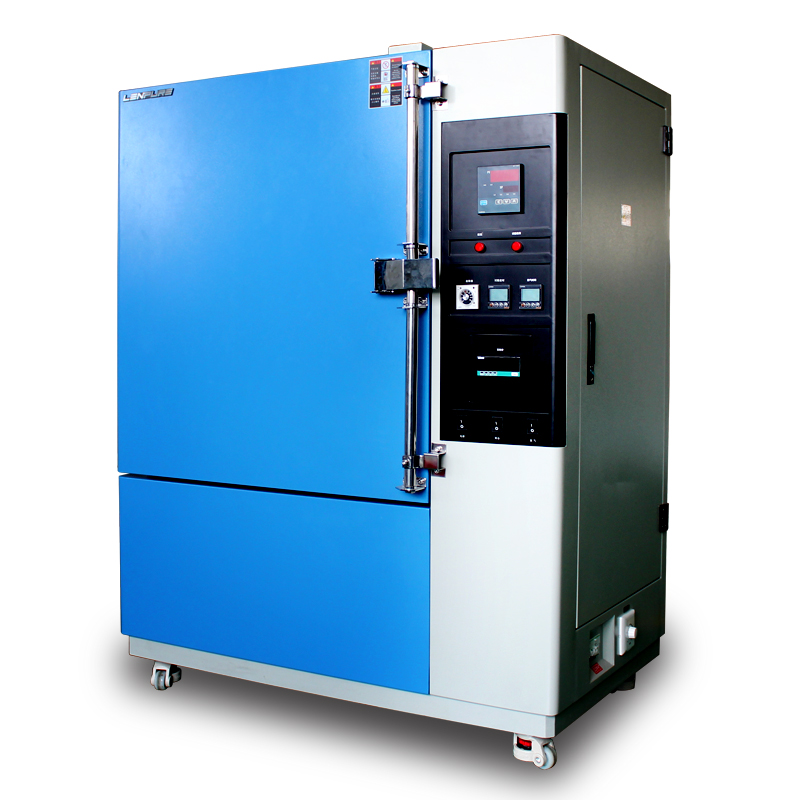Why Are the Compressor and Sensor Called the “Heart” and “Eyes” of a Temperature and Humidity Chamber?
Author:LINPIN Update Time:2025-09-26 Source:LINPINIn the field of environmental testing equipment, temperature and humidity chambers are widely used for product quality inspection, scientific research, and industrial simulation tests. They provide precise control over internal temperature and humidity, simulating extreme or changing natural environments, and offer reliable testing conditions for industries such as electronics, pharmaceuticals, automotive, and materials. In these high-precision devices, the compressor and sensor are respectively referred to as the "heart" and "eyes," highlighting their critical importance.
Compressor: The "Heart" of the Temperature and Humidity Chamber
The compressor is the core component of the refrigeration system in a constant temperature and humidity chamber, much like the heart in the human body. It drives the entire temperature control cycle by compressing and circulating the refrigerant, enabling heat transfer and ensuring rapid cooling and stable temperature maintenance inside the chamber.
A high-performance compressor ensures accurate temperature control even under high-temperature, high-humidity or low-temperature, low-humidity conditions. It also delivers fast cooling, energy efficiency, stability, and long-lasting operation. For instance, in military product testing involving rapid temperature changes, the compressor must respond instantly to ensure the chamber’s environment consistently meets preset parameters. Without a robust and reliable "heart," the constant temperature and humidity chamber cannot achieve sustained and stable climate simulation, let alone meet the stringent demands of modern industry for testing precision and efficiency.
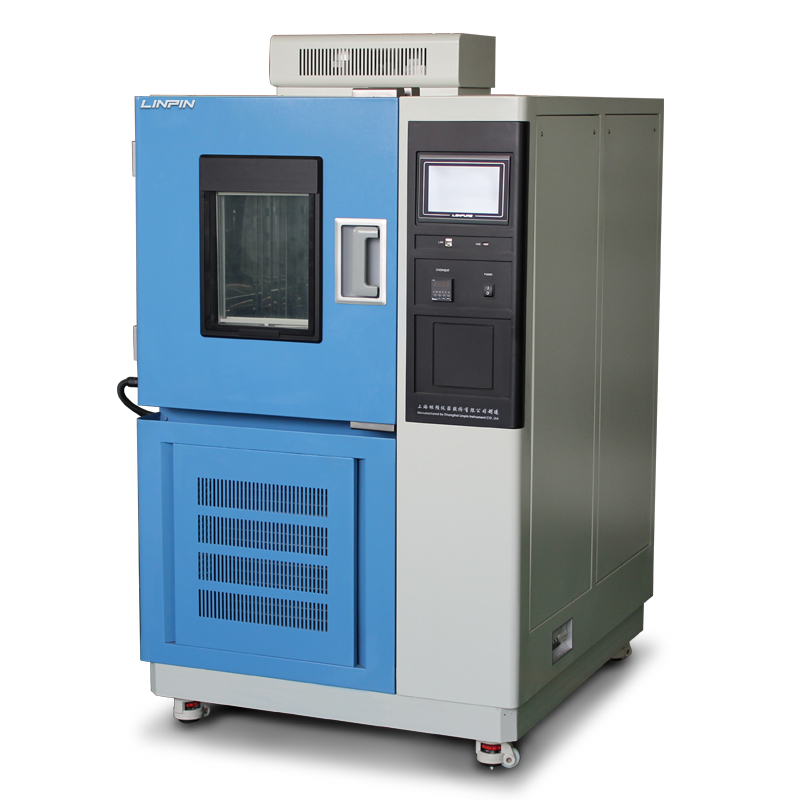
Sensor: The "Eyes" of the Temperature and Humidity Chamber
If the compressor is the power source, the sensor acts as the "eyes" of the equipment. It continuously monitors temperature and humidity data inside the chamber and accurately relays this information to the control system, enabling fine-tuning and calibration of environmental parameters. The accuracy of the sensor directly determines the control quality and data reliability of the chamber.
Modern high-end temperature and humidity chambers typically employ highly sensitive and interference-resistant platinum resistance temperature sensors and capacitive humidity sensors. These components maintain excellent stability even under extreme conditions, ensuring the authenticity and authority of every data record. Whether it’s stability testing for pharmaceuticals or weather resistance tests for precision electronic components, the accurate information provided by these "eyes" is indispensable.
Collaboration for Reliable Performance
The synergy between the compressor and sensor is key to achieving "constant temperature and humidity." The compressor provides powerful and stable cooling and temperature control, while the sensor captures and feeds back real-time data. Both are indispensable. This high level of coordination allows the equipment to maintain exceptional performance during long-term continuous operation, meeting the requirements of various national and international standards such as ISO and GB/T.
For users, selecting a high-quality temperature and humidity chamber is not just about brand and price but also about the technology and quality of its core components. Only equipment equipped with an efficient compressor and precise sensors can truly provide reliable testing assurance, helping businesses enhance product quality and achieve technological breakthroughs.
As technology advances and industrial demands continue to evolve, temperature and humidity chambers have become indispensable testing tools across multiple industries. Their true capability stems from the compressor, which acts as a powerful "heart," and the sensor, which serves as sharp "eyes."

